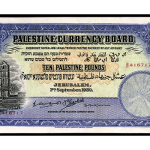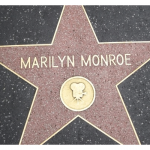Every collector knows that one of the most important aspects of making a purchase of considerable value is ensuring that the item is authentic and original. Regrettably, the human fascination with collecting has given birth to a continually evolving process of counterfeiting, as individuals producing highly realistic but fraudulent items stand to make a great deal of money. So how, then, can we as collectors trust the integrity of any item. That's where authentication comes into play. Authentication is an extremely valuable tool for any collector. But how exactly does authentication of collectibles occur? Check out these three examples, and remember to log on to www.iCollector.com to bid on the next item for your collection in our collectible auctions.
Sports card authentication
One of the most common items to collect is sports trading cards. Whether it's baseball, basketball, hockey or football, fans love to curate collections of their favorite teams, players and divisions. Many companies that sell autographed cards (often worth far more than non-autographed ones), have all of their products undergo a rigorous authentication process prior to sale. For example, Steiner Sports has a representative from the company witness each autograph signing via an exclusive contract they hold with numerous athletes. Following this, a tamper-proof hologram is affixed to the memorabilia and it is cataloged and inventoried. Steiner then has a notarized affidavit detailing what was autographed signed by both the witness and the athlete. Using these documents, the company then generates a certificate of authenticity.
Painting and art authentication
Art authentication is considerably different than that of sports cards. Indeed, it tends to be more ambiguous and less standardized across the industry. Many people, when attempting to authenticate a piece of art for sale or purchase, will bring in a third party expert to conduct an appraisal of the piece. While the observations made by these individuals are more aimed at determining a fair selling point for the piece, they can also offer insight into whether or not the work is a potential forgery. Certain efforts, such as the Rembrandt Research Projects, have been made to determine the best methods for scientifically determining authenticity of a painting. While these experiments have revealed that a painting's age can be determined via a combination of carbon dating, radiographic x-ray and chemical analysis, the only thing that these can truly determine is whether the piece is a recent forgery. More often than not, you'll want to call in an art history professional to get the most educated opinion possible.
Certificates of authenticity
While the process of authentication will vary for differing products, almost all collectibles you'll purchase should come with some sort of certificate of authenticity. Be wary of any individual who claims to have had one for a collectible item but no longer does. Also, any certificate of authenticity should have the issuing agency's contact information on it. Don't hesitate to get in touch with them to confirm the authenticity of the item prior to making a purchase. If they issued the certificate, then they will have a record of it. If not, then you're probably dealing with a fake.



